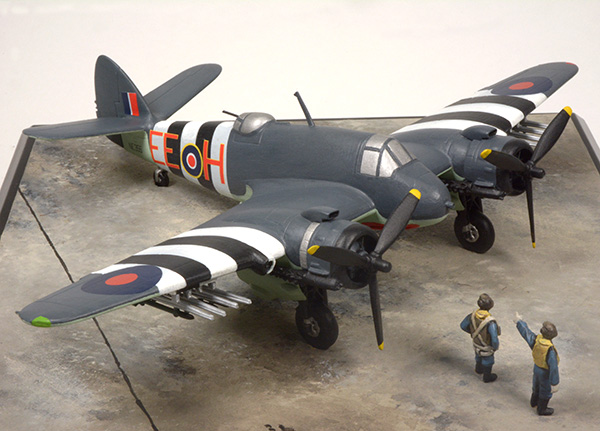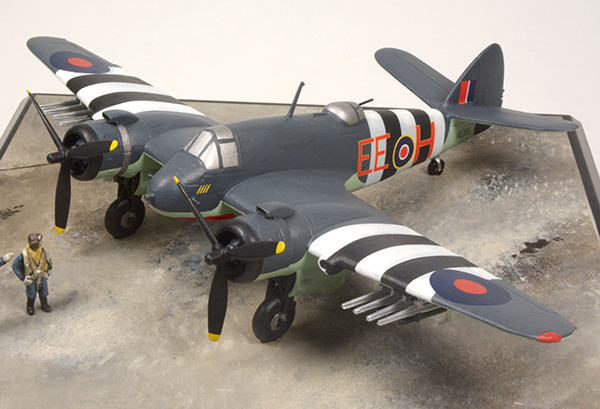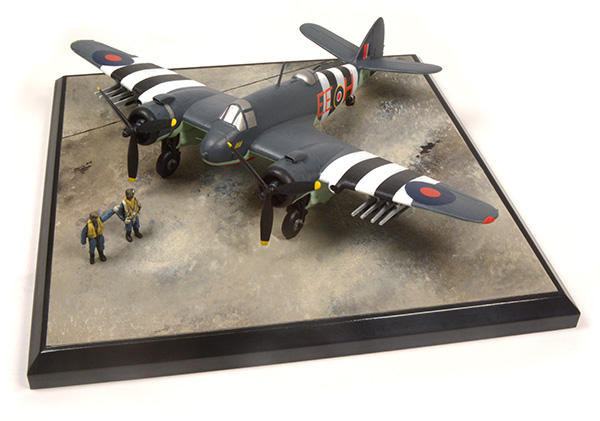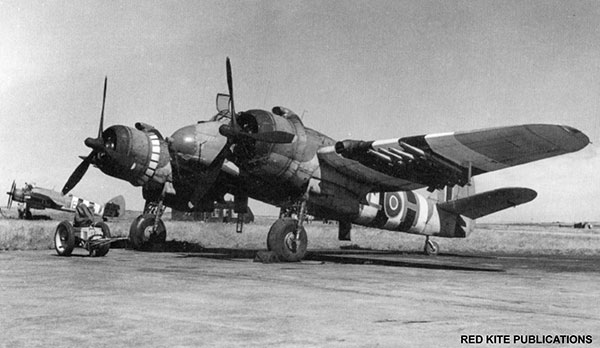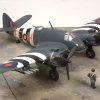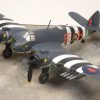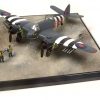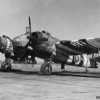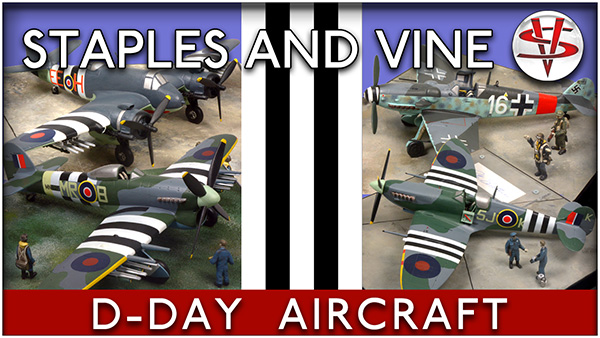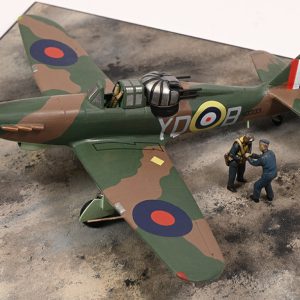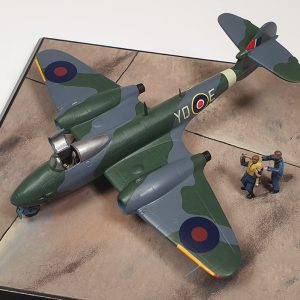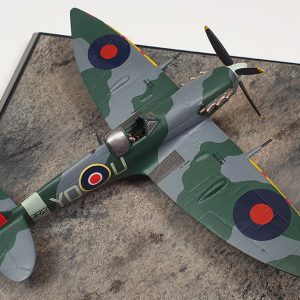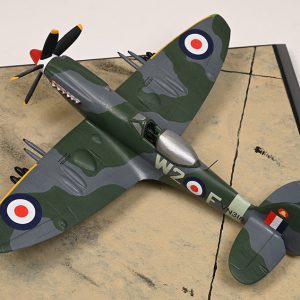Bristol Beaufighter TF Mk X NE355 EE-H 404 Squadron,
Davidstow Moor, June 1944
FIND OUT MORE ABOUT THE BEAUFIGHTER TF Mk X
ON MY YOUTUBE CHANNEL BELOW
In 1935 the Air Ministry issued two fighter specifications, one single and one two seat, to be capable of both day and night operations and of carrying the heavier armament then under development, particularly 20 mm cannon. The design team at Bristol Aircraft under Leslie Frise were already working on their twin-engined monoplane torpedo bomber the Beaufort, and suggested using this as a basis giving it a slimmer fuselage – which could accommodate four of the 20 mm cannon – and more power, replacing the Bristol Taurus with the new Hercules. As its development progressed its unofficial name of the Beaufort fighter became shortened to Beau’ fighter, which clung to the finished article.
In February 1939 the Air Ministry issued Specification F.17/39 to cover the aircraft which had by now progressed some way beyond the original, at the same time placing an order for three hundred of the type; four hand-built prototypes were already under construction, using parts of the seventy-first and seventy-second Beauforts, and chief test pilot Cyril Unwins flew R2052 for the first time on 17 July 1939. The first production aircraft to enter squadron service were configured as night fighters with early AI radar, joining 25 and 29 Squadrons in September 1940, and this was to be the major operational role filled by early Mk.Is and all the Merlin-powered MK.IIs, which were a hedge against a possible lack of Hercules engines. As the war progressed the use of the Beaufighter widened, with some serving in the Middle East in operations over Greece, Crete and the Western Desert, and others being used by Coastal Command to protect their anti-submarine aircraft over the Bay of Biscay; these, designated Mk.Ic, were given additional fuel capacity and better facilities for the observer, with eighty of this mark built by Bristol at Weston and Fairey at Stockport.
Coastal Command took delivery of its first Beaufighter at the very end of 1940 with a Mark I joining 252 Squadron at Chivenor, and starting operations the following month using the aircraft’s long range to hunt for the Luftwaffe’s ocean patrollers, notably the Focke-Wulf Condor; they were also detached to Gibraltar and the Mediterranean. In March 1941 Bristol submitted proposals for an improved version for Coastal Command, which was produced as the Mk.VIc with more powerful Hercules engines and facilities for carrying the British 18” or American 22.5” torpedo; following successful dropping trials the mark entered service with 254 Squadron, initially at Dyce and later moving to North Coates, scoring a success sinking two ships off the Norwegian coast in April 1943. This variant acquired the unofficial nickname, notably in the press, of “Torbeau”. Further development resulted in the Mk.X, which had a rear-facing .303” machine gun in the observer’s position and the ability to carry bombs or rocket projectiles underwing, and with the later production aircraft having a substantial dorsal fin as well as the dihedral tailplane which had been introduced earlier to counter the type’s “dutch roll”. This mark was produced in considerable numbers, NE355 being one of an order over nearly 2100 built at Weston-super-Mare at the Old Mixon “shadow factory” which at its peak was building eighty-seven TF.Xs a month.
By 1943 the focus of Command’s operations was moving more towards anti-shipping strike, and dedicated strike wings were formed based on the east coasts of Scotland and England covering the North Sea; the Canadian 404 “Buffalo” Squadron joined 144 as the Wick Wing in April 1943. With the build up in the south of England the following year in the approach to D-Day the wing was moved to the South-West, arriving at Davidstow Moor at the beginning of May. The black-and-white “Distinctive Markings” were applied on the eve of the invasion to wings and fuselage, and by the end of June the unit codes had been changed from Coastal’s single digit “2” to the two letters common to all aircraft in the area of operations, reverting in 404’s case to their earlier “EE”; aircraft retained their individual single letter.
On D-Day the Squadron attacked three German destroyers, damaging two and probably sinking the third; three days later another destroyer was beached after a Squadron attack, and 218 sorties were flown that month. By early August the Wing was no longer needed for post-Overlord operations – NE555’s last entry in the squadron’s Operations Record Book was on 8 August – and returned north, initially to Strubby, working with the North Coates Wing covering the waters off the Dutch coast. In September it returned to Scotland, operating in Norwegian waters from Banff and then Dallachy until the end of the war. 404 disbanded at Banff on 25 May 1945.


